

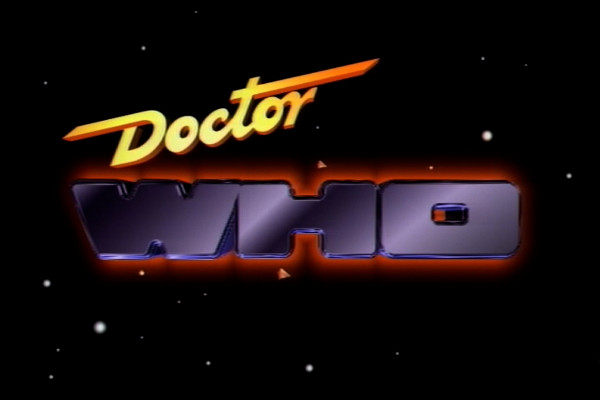
All of Sylvester's stories as the Doctor can be ordered online via Amazon. An attempt to return Doctor Who to screens was made in 1996, when a feature-length special saw McCoy regenerate into Paul McGann. Although the special did not lead to a series, next month marks twenty years since it aired, and the last time Sylvester McCoy played the lead role. What better time to look back at his run as the Doctor, ranking his stories from worst to best...
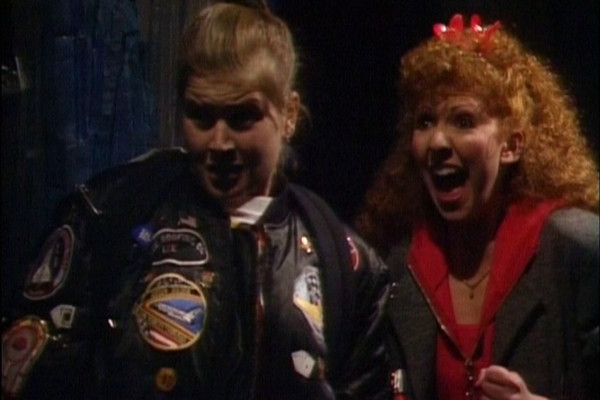
Big fans of the Sylvester McCoy era may wish to skip ahead to the second page, where a more charitable eye is cast over the top six stories. While The Anorak Zone likes to look at series it admires, it's difficult to deny that there were a lot of poor stories at the end of Doctor Who's original run, and Dragonfire is arguably the worst of the lot. Although Doctor Who isn't a series that's particularly noted for stellar acting or high production values, this is badly directed and looks so cheap it's impossible to believe in what's taking place on screen. Tony Selby returns as Glitz from The Trial of a Time Lord (1986), but it's a stagy performance in a declawed characterisation, while tacky plastic sets take the focus away from the one or two decent scenes.
The most famous element of the story is that it introduced a new companion in the form of "Ace", a 16-year-old tomboy and explosives expert. Generally popular amongst the show's decreasing fanbase at the time, the character also does well in polls today, and was expanded upon in the "New Adventures", a series of original novels that were published after the series was cancelled. However, in introducing such a "street" character, Doctor Who created a problem for itself, in that the earthy language such a person would realistically use couldn't be depicted in a family show.
And so it is that an edgy, violent teenager from a broken home went around calling people... "bird bath". Or "armpit breath". Or "bilge bag". Or "bog brain". What was depicted on screen didn't resemble any teenage girl who ever existed outside of repeats of Educating Marmalade, a factor not helped by having Ace brought to life by an inexperienced, middle class actress who was over a decade older than the part she was playing. Although Sophie Aldred had a good rapport with her co-star, and tried her best, it rarely worked, and her lack of post-Who credits does, sadly, testify to her lack of success when judged by the wider viewing public.
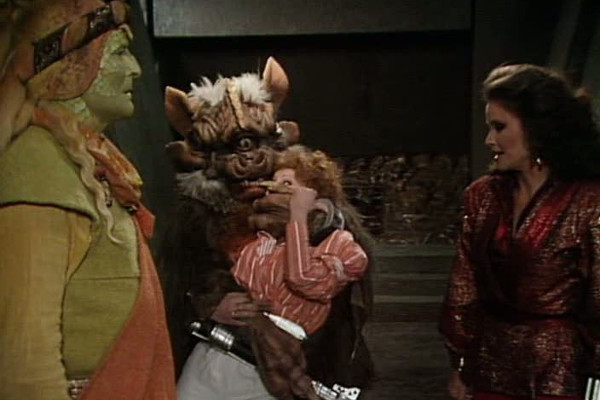
Sylvester McCoy's debut, Time and the Rani, has a certain energy and pace, yet is fundamentally appalling, the programme shorn of any credibility whatsoever. More Emu's Pink Windmill than Doctor Who, it remains the only McCoy story to be crafted by writers who had previously worked on the series – Pip and Jane Baker, authors once described by the previous script editor as "two of the most talentless people who have ever had the nerve to set pen to paper."
There's nothing in this that works, and, while kind of charming in its own way, it's awful, childish stuff, from performances and music, down to lighting and the garish design. McCoy took on the series when it was no longer a hot property, and his first season actually saw a slight increase in viewers from the previous year. However, it was always going to be an uphill struggle to keep the show on the air in a truncated run, broadcast in a "death slot"... Time and the Rani saw that battle get off to a poor start.
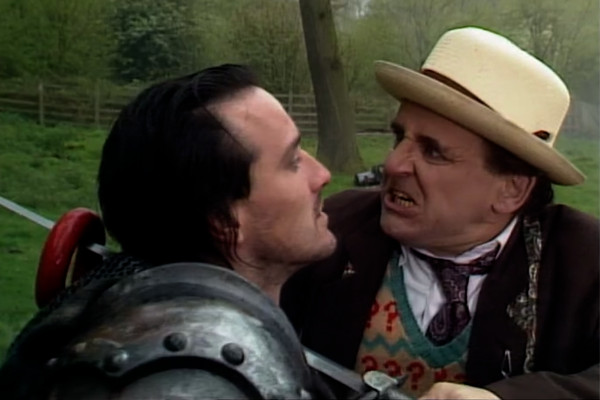
The Arthurian legend gets wrapped up in four episodes of people uttering dialogue that no human being would ever actually say. The worst-directed Doctor Who story of all time, some scenes are so astonishingly badly staged that the viewer is left in no doubt that what they're watching is pure artifice.
As the Doctor, then, there's a certain charm to Sylvester McCoy, and his scaled back, "background manipulator" role was a nice change after Colin's more "up front" performances. However, while his first season played to his strengths in lighter parts, when called upon to deliver more intensity, it sadly flagged up his limitations as a leading man. Battlefield calls upon the Doctor to show righteous anger throughout and, with the best will in the world, Sylvester rarely convinces, delivering his worst take on the part. That the climax to the story is nuclear Armageddon being averted on a BBC Micro in the back of a portacabin is the least of its problems.
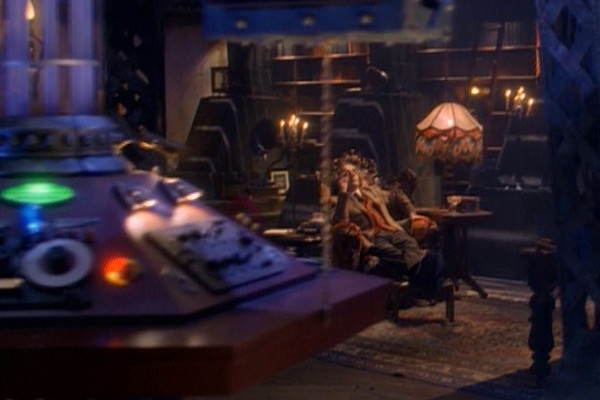
The untitled television movie was the final time Sylvester McCoy played the Doctor on screen, and was one of his most-watched performances in the part. Although the Eastenders crossover Dimensions In Time (1993) was watched by almost 14 million people, it was a charity special and not strictly canon, leaving the 9.1 million who tuned in to see this special the highest recorded audience for an official McCoy episode.
That an incumbent Doctor features is to the special's detriment; as a pilot for a new series with Paul McGann, it risks alienating viewers by presenting them with another actor for the start of its runtime. The series had been off the air for seven years, and the wisest course of action would be to start the series afresh for a new audience. Sadly, bogged down in slavish continuity and the need to indulge in a "hand over", it fails in its function to engage a fresh audience, and the low 5.6 million viewers Stateside saw plans to resurrect the series dropped.
Filled with audience-seeking excess such as a romantic Doctor and high-speed chases, it has a very Americanised feel that make it less "Doctor Who" than all of the other entries on this page. Although a lot of the Sylvester McCoy stories can be truly awful, they have a kind of heart that, while making them some of the worst examples of the programme, tie it more to the mythos than this flashy attempt to resuscitate it. Made on a $5 million budget, it's by a huge margin the best-produced story present, but also the most soulless, contrivedly attempting to hit demographics that didn't exist in the original series. Put simply, a lot of the McCoy stories are poorly conceived Doctor Who stories; this television movie is scarcely Doctor Who at all.
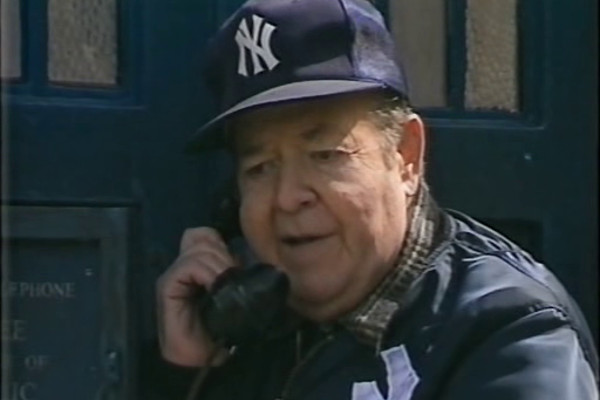
With the McCoy era, a new script editor was brought on board to replace Eric Saward, who had quit acrimoniously. The youthful Andrew Cartmel, who cited wanting to "bring down the government" as one of his ambitions for the job, brought in a much-needed freshness and vitality to the series. Gone were the lengthy TARDIS scenes and backward-gazing storylines, and in came newer situations that reflected, or attempted to reflect, the Britain in which they were made.
Yet while the series felt like it was exploring new ground, it wasn't necessarily new ground explored well, or with any real clarity. While Cartmel must be praised for bringing in all-new writers with new voices, a lot of the new writers were inexperienced, and episodes often overran due to poor script-editing. Not only that, resolutions were often either neat (many of them end with villains deciding to sacrifice themselves for no real reason) or underdeveloped. Delta and the Bannermen, while fairly fun if approached with a light-hearted state of mind, does suffer from too many disparate elements that don't always contribute to a focussed whole: perhaps the biggest point of contention being, just what purpose the two American spies serve in the narrative. And, for all attempts to appeal to a hipper audience, the McCoy stories had comic guest stars with far less youth cred than the prior run; Colin Baker's much-maligned shows featured two of The Young Ones, whereas these final stories included Hale and Pace, Nicholas Parsons and, in this story, Ken Dodd and Stubby Kaye.
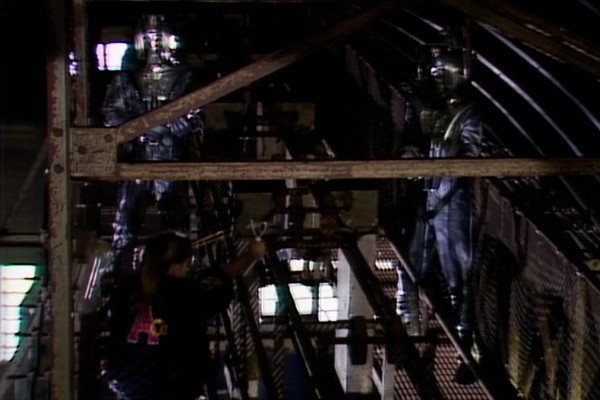
Often cited as one of the very worst Doctor Who stories, Silver Nemesis has perhaps aged far better than could be expected. It helps that the new version of Doctor Who has heaped further indignities on the Cybermen, from being humiliated by Daleks to having to try and make "delete" work as a catchphrase. With this in mind, having a teenager take out a fleet with gold coins doesn't seem quite as silly as it did at the time, especially nearly thirty years after the fact. The new Doctor Who's fondness for overt, unrealistic comedy moments and characters also makes events seem more palatable in hindsight, and there are moments, such as jazz floating through space, that have a sense of style.
The whole thing does lack pace, however, with all the many characters engaging in leisurely strolls that kill off any sense of real drama. And, with various disparate events, it's undeniably indulgent, culminating in a climax that only the very credulous wouldn't see coming, particularly as, as they concede in the script, it's a carbon copy of the resolution to Remembrance of the Daleks. Far from a classic example of the old series, Silver Nemesis does nevertheless stand up quite well in 2016, its once glaring flaws having become charming relics from what is now archive television.
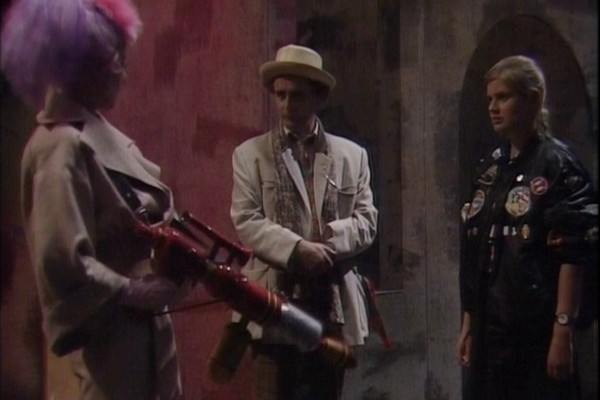
As a satire, The Happiness Patrol can't really be given much credit for subtlety; its on-the-nose takedown of the Thatcher government without real subtext. One of the newer elements the Sylvester McCoy era brought to the programme was what is often termed "magic realist" – in some stories events don't take place in a strictly realistic world setting, but instead operate more on a purely metaphorical level. It can make it difficult to accept it as part of the same series, and original producer Verity Lambert was scathing of the programme's direction at this time, citing in the documentary The Story of Doctor Who: "I would watch it and think nobody's really believing what they're doing here... they just think it's all rather funny, and they're rather smart and clever [...] it didn't work for me, I'm afraid."
The Happiness Patrol can grate, as the serial tends to insist upon itself, and leans towards the era's preachier excesses. Yet there's a kind of macabre, operatic style that raises the serial above its blunt, sermonising writing and daft-looking puppet dogs, helped in no small part by the quality of the guest actors, the expressionistic set designs and fun, unhinged characters like the Kandy Man. In terms of trivia, then evidence of mid-filming production decisions and poor continuity can be seen: not only does the Kandy Man's costume change throughout the story, but musician Earl Sigma's accent changes from English to American depending on which set he's based in.
Also look out for a surprising amount of anal continuity: the Doctor starts the story referring to events in 1974's Invasion of the Dinosaurs, then claims that his college nickname was "Theta Sigma". This last moment is continuity being retroactively changed: in 1979's The Armageddon Factor it was given as the Doctor's real name, with little fanfare. Finally, note the lack of morality Ace has in some of these tales... in The Greatest Show in the Galaxy she murders Ian Reddington's highly memorable "Chief Clown", with no noticeable regret, and here is encouraged to kill a dog with her explosives.